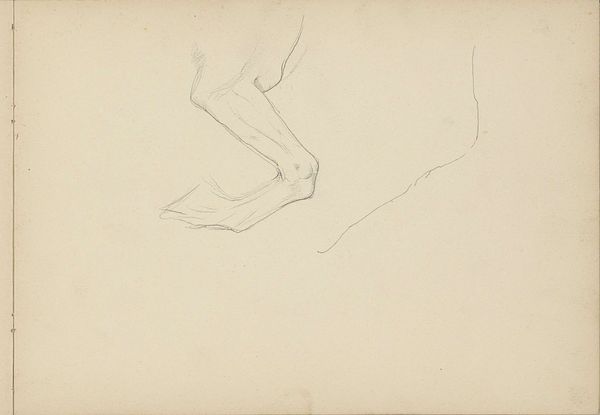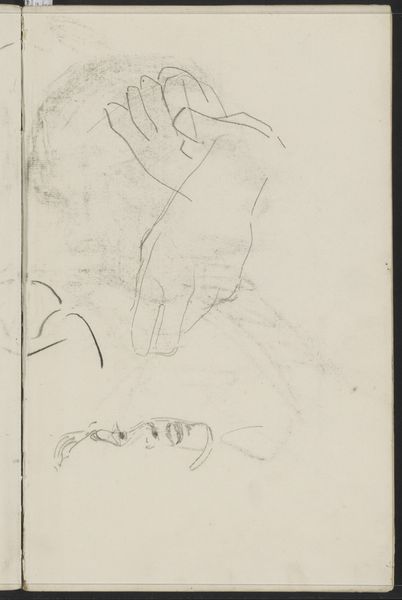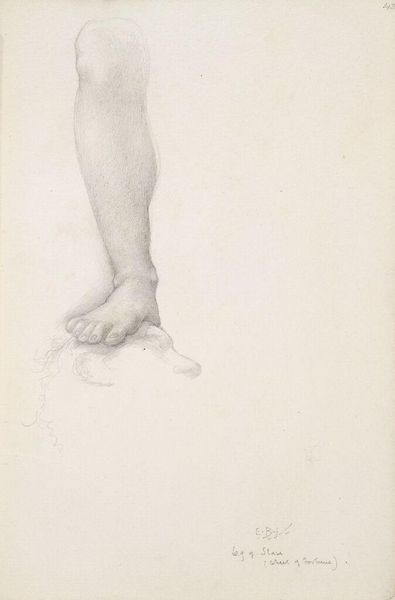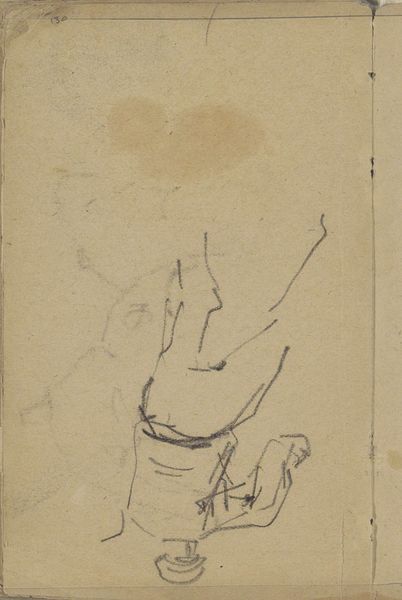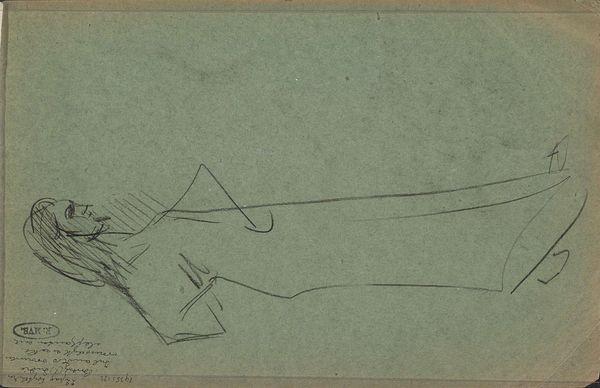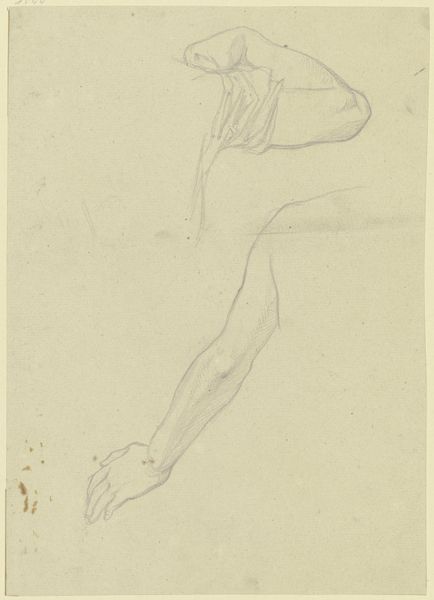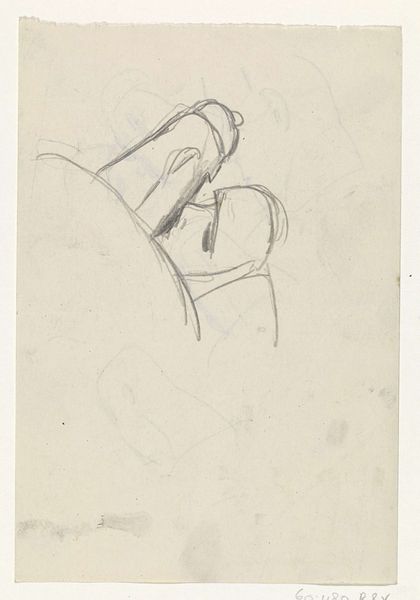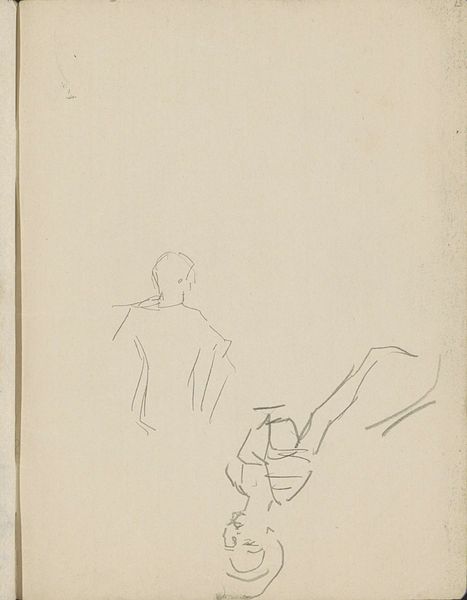
drawing, pencil
#
portrait
#
drawing
#
pencil sketch
#
figuration
#
pencil
#
realism
Dimensions: height 313 mm, width 230 mm
Copyright: Rijks Museum: Open Domain
Editor: This is Jan Veth's "Study of Two Hands Folded in the Lap," a pencil drawing that seems to come from sometime between 1874 and 1925. It’s… incredibly quiet, almost mournful. What do you see in this piece, beyond just a simple sketch? Curator: The positioning of the hands immediately draws me to think about the social contexts that surround such gestures of prayer or contemplation, what these acts can tell us about the lives of ordinary individuals. Notice how the soft realism and detail hint at individuality. Are these working hands? Whose hands might they be and how does that position them within hierarchies of power? Editor: Working hands? That’s interesting. I was just thinking about the general feeling, but you’re right. There’s a slight roughness to them. The knuckles are pronounced. So, are you suggesting that Veth is not just depicting hands, but a social class and possibly even making some statement about it? Curator: Precisely! Art is rarely made in a vacuum. Consider the historical moment; anxieties around class and labor were intense. Could this be a quiet comment on the dignity of labour, rendered through the intimate depiction of hands at rest? What do the 'folded' hands represent, beyond perhaps devotion or weariness? Consider them in contrast with the classical lines of the depicted armrest. Editor: Wow, I hadn’t thought about it that way at all. I was so focused on the overall emotion, I missed the social implications completely. The detail in the hands becomes much more poignant when considering the life lived by the person attached to them. Curator: Exactly. It’s a powerful reminder that even seemingly simple studies can be rich with socio-political commentary. By contemplating these kinds of studies, we deepen our understanding of art's relationship to identity and historical realities. Editor: Well, I will definitely think twice before assuming a drawing is "just" a drawing from now on! Thanks for sharing a new way to consider how art can reflect culture and even encourage awareness.
Comments
No comments
Be the first to comment and join the conversation on the ultimate creative platform.

